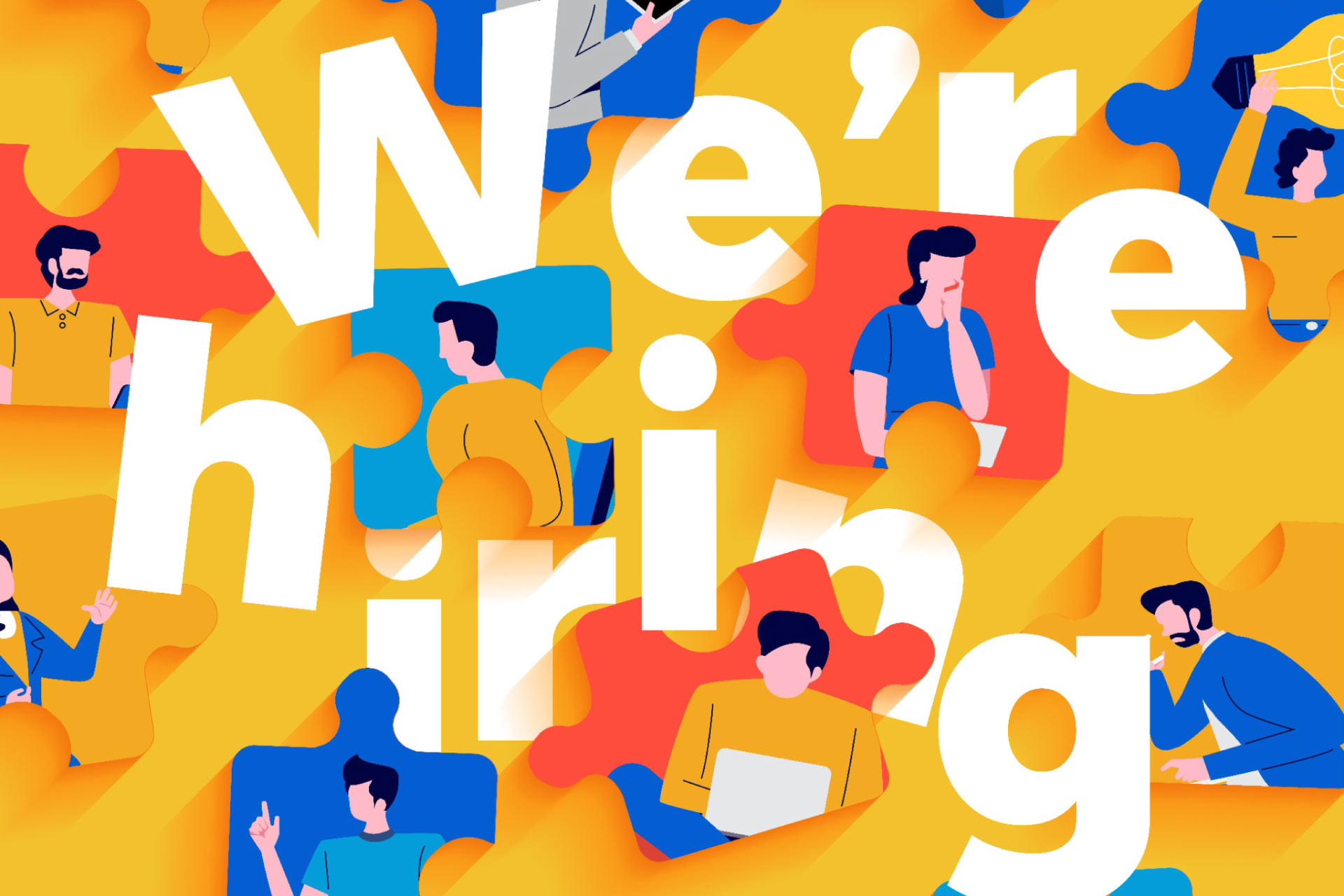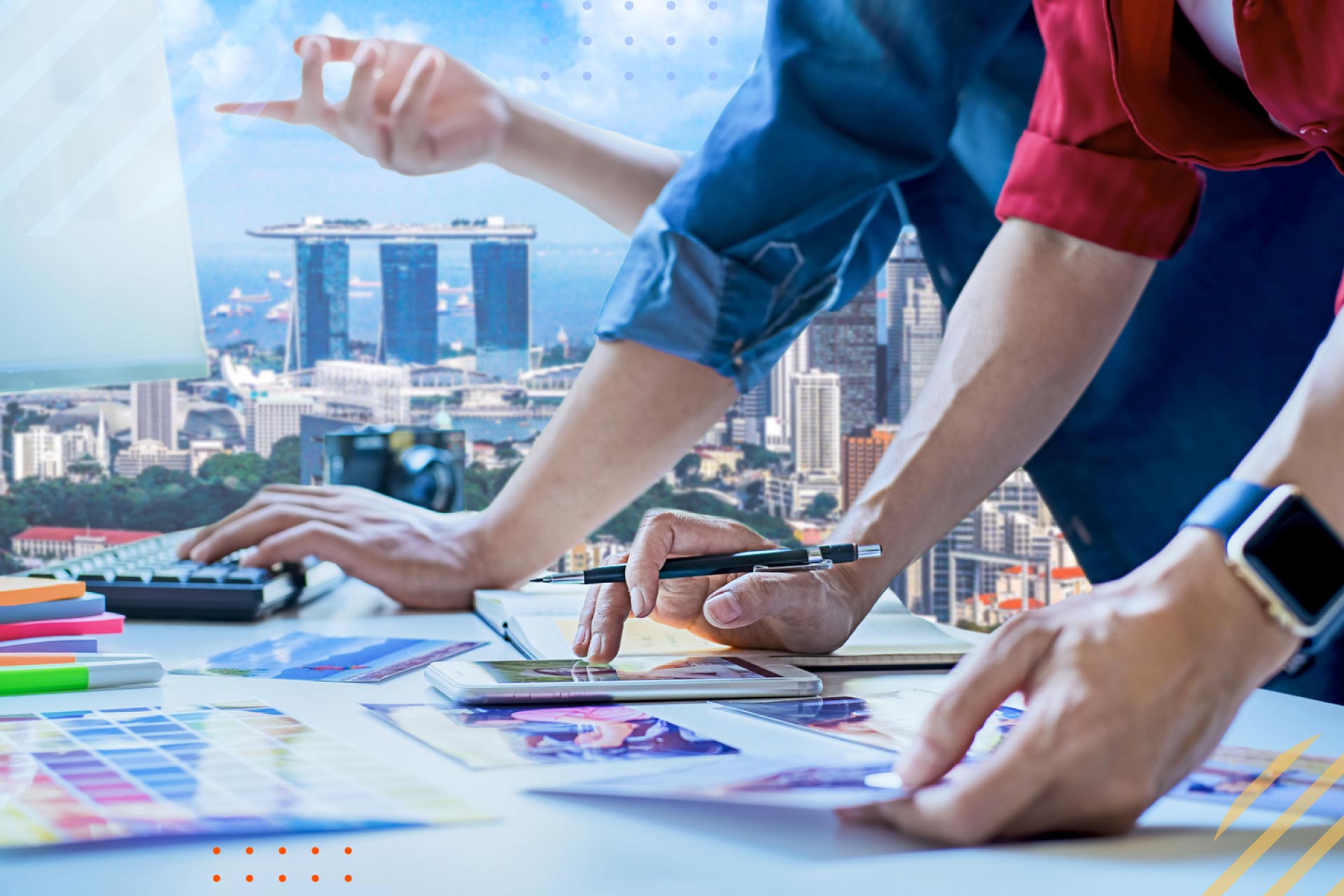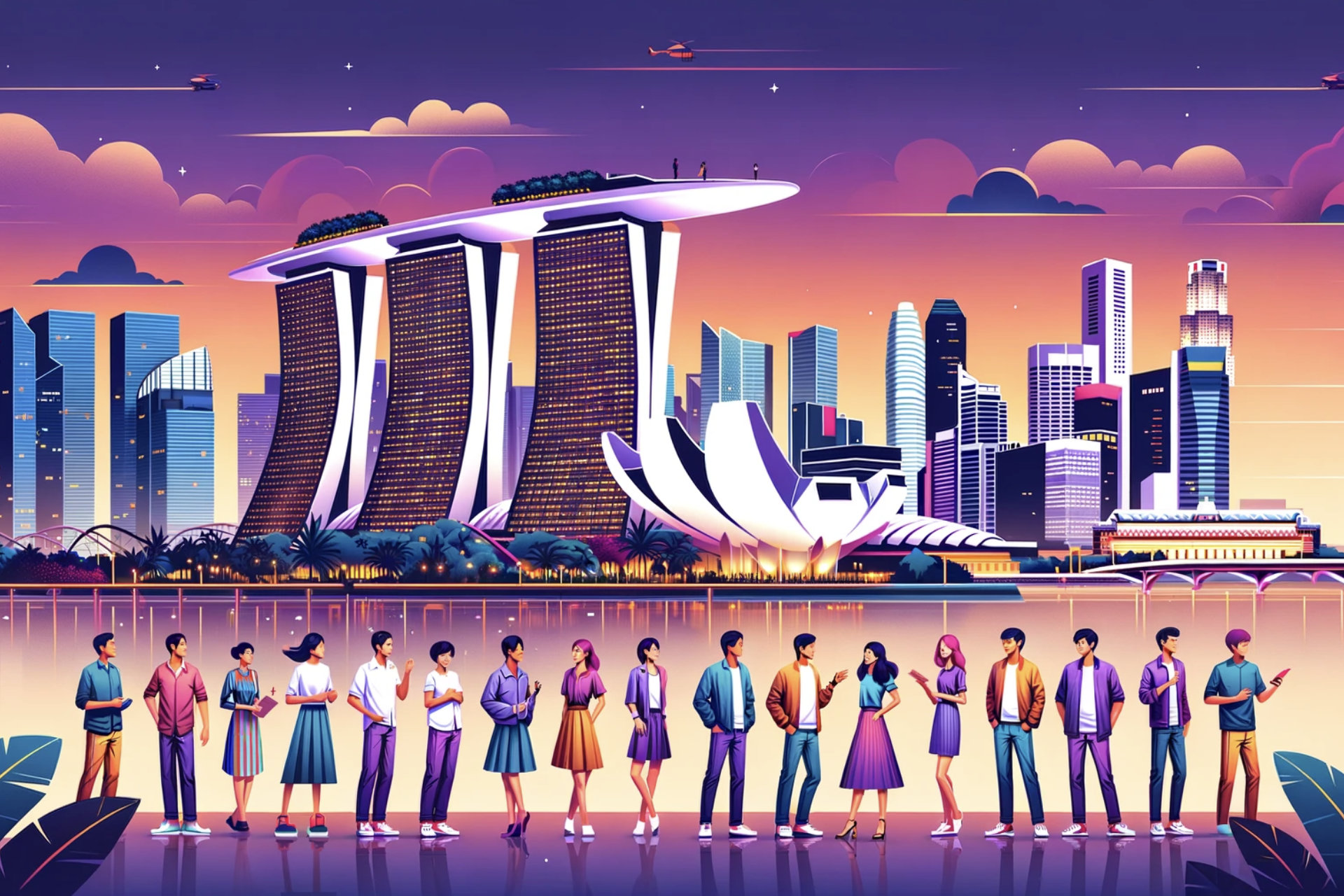Hiring a Designer in 2024: Know the True Hidden Cost

Are you considering hiring a designer soon?
Picture this, business owner. You have an important product launch coming up, and just before you are about to unveil your creatives on social media that you have spent days creating, you realize there’s a glaring typo. In panic, you rush to inform your designer, hoping for a quick fix.
But to your horror, you learn she is on leave today. You’re left scrambling, unsure of what to do next. As the clock ticks away, you feel the opportunity slipping through your fingers. The launch goes ahead with the error, leading to embarrassment and a professional blunder that could have been easily avoided. Does this sound familiar to you?
The reality is that while having a designer can be a great asset, it also comes with its own set of challenges and limitations. The cost is not just in salary, but in the management, benefits, and the risk of unavailability when you need them the most.
The expenses and logistics involved in hiring a designer go beyond just a monthly paycheck. They encompass unforeseen issues like employee taxes, welfare claims, medical and insurance benefits, and more.
What happens when your designer falls sick, or has to take an unexpected leave? Your business should not have to bear the brunt of these unavoidable life events. In such scenarios, considering other options like an on-demand design agency could save you not only money but also ensure that your business never hits a creative roadblock.
In this article, discover why every business owner should understand the true cost of hiring a designer, and explore efficient and cost-effective alternatives to keep your business’s creative flow uninterrupted.
Table of Contents
Unforeseen Expenses of Hiring a Designer
a) Employee Benefits
Hiring a designer is not just about paying a salary. There are additional costs like employee taxes, welfare claims, medical, and insurance benefits.
These unforeseen issues can significantly inflate the original cost planned by the business, making the endeavor more expensive than anticipated.
b) Additional Overheads
More headcount means not only more potential for office politics but also additional responsibilities and costs such as workspace, software, equipment, and training, making the task of management even more challenging.
Availability and Reliability Concerns
a) Unexpected Absences
What happens if the designer gets sick or is unable to work? This can cause delays in project timelines and additional costs for temporary replacements or overtime payments for other employees.
b) Workplace Morale and Dynamics
Hiring a designer doesn’t just revolve around filling a seat; it’s about adding a new member to your team. The designer’s personality, work ethics, and creative approach must gel with the existing workplace culture.
A mismatch can disrupt team cohesion, leading to decreased morale and productivity, potentially derailing project timelines.
c) Emotional Well-being and Job Satisfaction
A designer’s creativity is closely tied to their emotional state. If they feel undervalued, overworked, or lack creative freedom, their job satisfaction and quality of work can suffer.
In some cases, if their compensation doesn’t meet industry standards, designers might seek sideline projects to supplement their income, dividing their focus, and diminishing their commitment to your projects.
d) Adaptability to Company Culture
Every organization carries its unique ethos and work culture. A new designer must seamlessly adapt to these values and the rhythm of the workplace.
If their creative process, communication style, or work pace clashes with company norms, it can lead to friction, miscommunication, and reduced efficiency, impacting overall project execution.
e) Limited Skill Set
The field of design is vast, and not every designer will be proficient in all areas. Your business needs may span various specialties, requiring knowledge of the latest design trends, software, and techniques.
If your designer lacks these, you’ll find gaps in skills, leading you to seek external unlimited graphic design services, thereby incurring additional expenses.
f) Upgradation and Training Costs
Design trends and tools are in a constant state of flux, necessitating that your in-house designer persistently updates their skill set. This requirement often translates into a hidden cost for your business, involving regular investments in courses, workshops, and training sessions.
Unlike this continuous learning curve, employing a diverse pool of specialists from a dedicated design service ensures you have access to professionals who are inherently attuned to industry shifts, eliminating the need for further training expenditures.
g) Scalability Issues
During peak periods, the workload might exceed your in-house designer’s capacity, affecting turnaround times and quality. Conversely, in slower periods, they might not have enough work to justify their full-time status.
This fluctuation presents a scalability issue, leading some companies to complement their teams with on-demand, unlimited graphic design services to handle overflow projects efficiently.
Alternatives to Hiring a Designer
a) On-Demand Design Agencies
Situated at the crossroads of Eastern and Western cultures, TripleGrowth operates as an on-demand design agency that provides an extensive spectrum of design services, eliminating the complexities and costs associated with hiring full-time employees.
When you partner with TripleGrowth, concerns over unexpected expenses, restricted expertise, or scheduling conflicts become a thing of the past. Their team is not only diverse in skill but also readily available to scale according to your project’s demands, ensuring your design needs are met promptly and proficiently, every time.
Experience the freedom of having a professional design team at your fingertips, without the traditional overheads. With TripleGrowth, it’s all about quality, flexibility, and peace of mind.
b) Freelancers
Hiring freelancers for specific projects can also be a cost-effective and flexible solution, allowing access to a diverse pool of talent without long-term commitments.
Making the Informed Decision
Before taking the leap into hiring a designer, understanding the true cost and responsibilities involved is crucial.
Assess the actual design needs and consider the various alternatives available to make an informed, cost-effective decision for your business.
Before Hiring a Designer
Hiring a full-time graphic designer or any designer for that matter, brings challenges and costs beyond just the base salary. comes with its own set of challenges and costs beyond the basic salary. Businesses should consider all these aspects and evaluate the available alternatives to make a decision that not only meets their design needs but also aligns with their budget and management capabilities.
Making an informed choice can save not only money but also time and management effort, leading to smoother business operations and consistent, high-quality design outputs.
Why should I hire a professional designer?
Hiring a professional designer ensures high-quality, impactful visuals that effectively communicate your brand’s message and engage your target audience, leveraging their expertise and creative skill set.
What should I consider before hiring a designer?
Before hiring a designer, assess your project’s needs, budget, and timeline. Review the designer’s portfolio, experience, style compatibility, client testimonials, and their process for revisions and feedback.
How much does it cost to hire a designer?
The cost to hire a designer can vary widely based on their experience, the scope of your project, the duration of the work, and the specific demands of your project. It’s best to request a detailed quote based on your unique needs.
What’s the difference between hiring a freelance designer and a design agency?
A freelance designer is typically a cost-effective option for smaller projects or businesses, offering more direct communication and flexibility. In contrast, a design agency provides a team of experts with varied skills and may handle larger, more complex projects efficiently.
How do I find the right designer for my project?
To find the right designer, consider their experience in your industry, review their past work, ensure their design style aligns with your vision, and read client reviews. Additionally, they should have clear communication and a transparent workflow.
What information should I provide when hiring a designer?
When hiring a designer, provide a clear brief including your company background, the objectives of the project, target audience, desired deliverables, any specific design preferences or brand guidelines, timeline, and budget.


